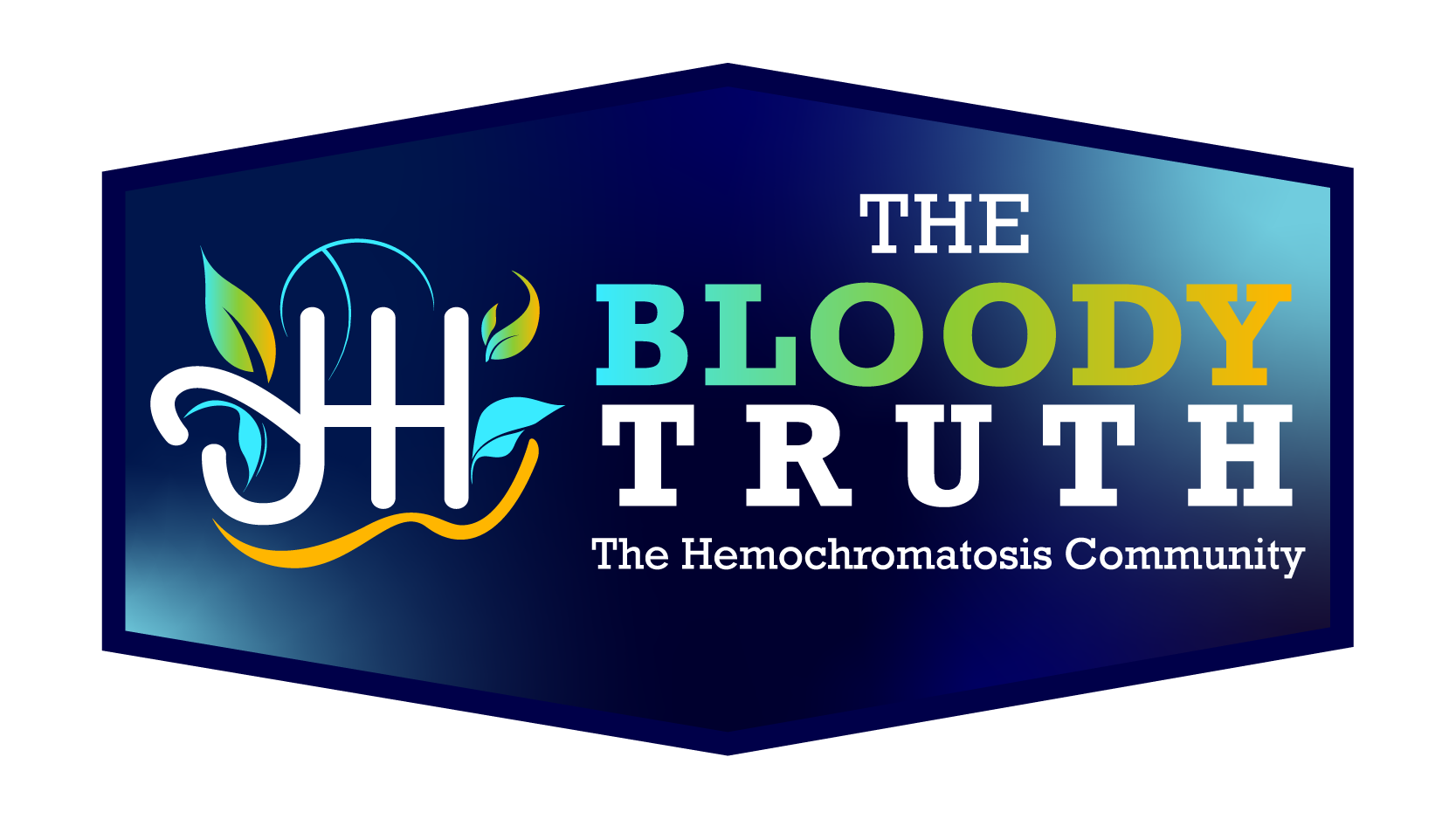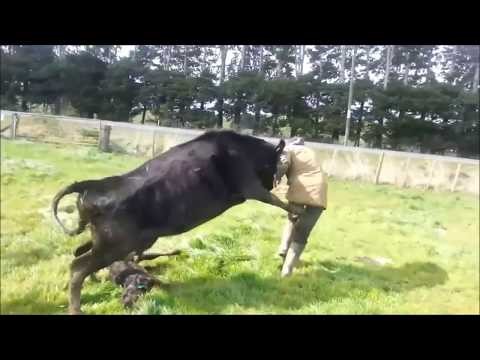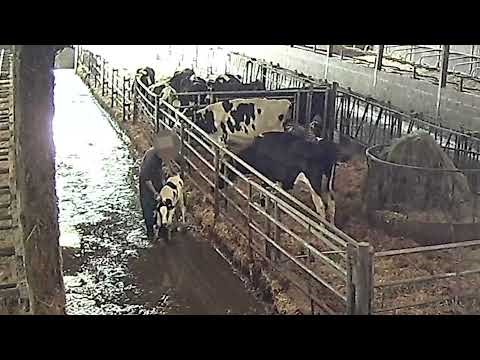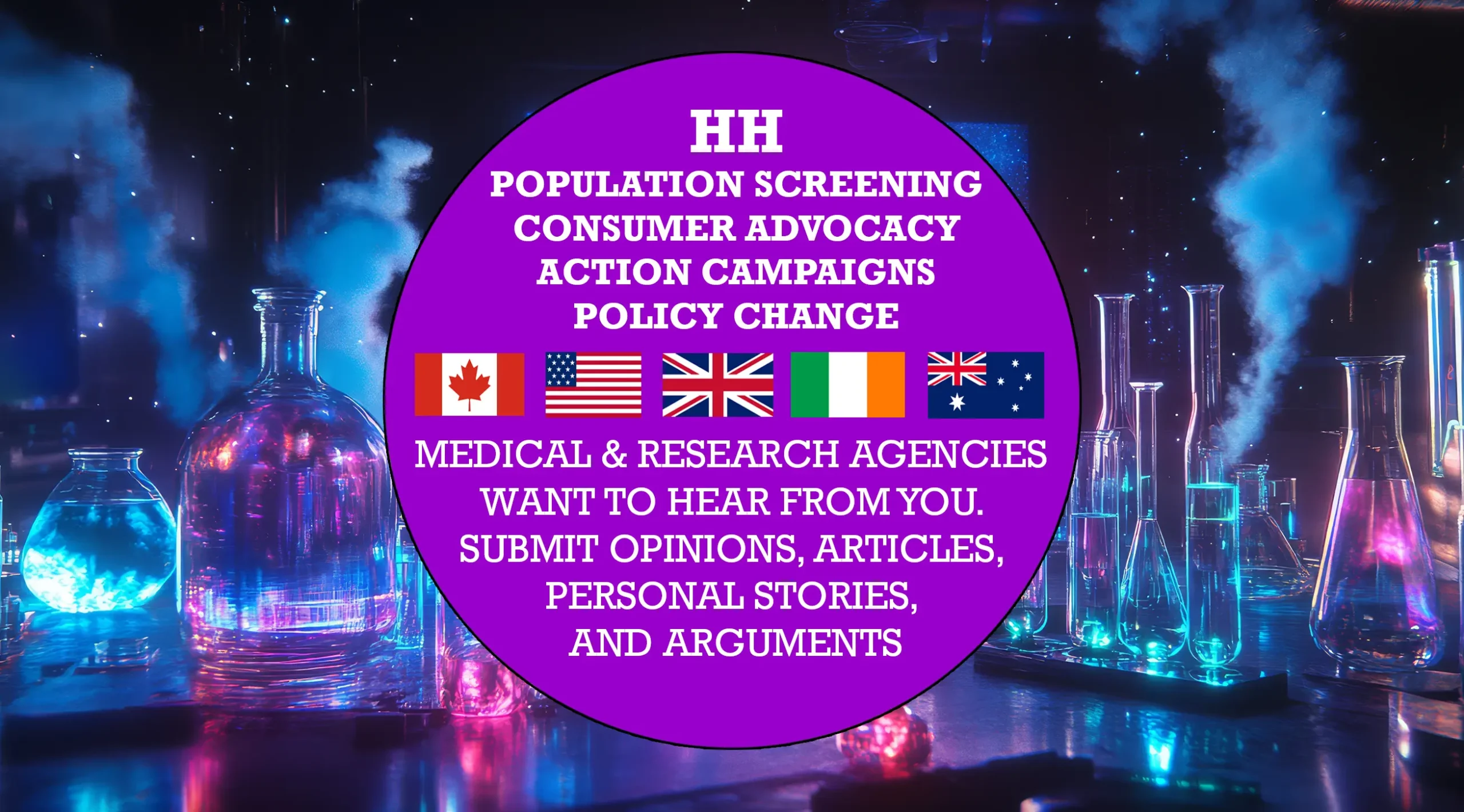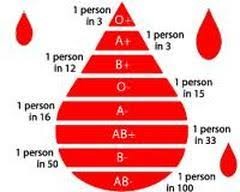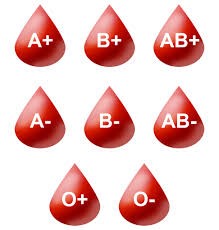Hereditary Hemochromatosis: The Bloody Truth – Part 2
A Deep Dive into Humanity, Health, and the Environment
In the first two parts of “Hereditary Hemochromatosis: The Bloody Truth,” we uncovered the scientific and health-related aspects of this disorder. In Part 2, we delve deeply into why it’s time to reconsider our choice to consume red meat—not only for our health but also for the betterment of our planet and the ethical treatment of animals. The decision to stop eating red meat is multifaceted, involving humane concerns, environmental impacts, and the emotional intelligence of animals.
Inhumane Treatment and Slaughter:
Animals raised for meat in factory farms often endure deplorable conditions—cramped spaces, lack of natural light, and inhumane treatment. Cows, pigs, and other livestock are frequently subjected to painful mutilations without anesthesia, such as tail docking, teeth clipping, and castration. These practices are standard in the meat industry to maximize efficiency and profits at the expense of animal welfare.
When the time comes for slaughter, the methods used are often far from humane. Animals experience fear and stress as they’re herded into kill floors. Despite regulations requiring that animals be rendered unconscious before slaughter, the reality is that many animals are not adequately stunned and remain conscious during the slaughtering process. The images and reports from inside slaughterhouses paint a gruesome picture of suffering and agony—something that we, as consumers, often remain blissfully unaware of or choose to ignore.
The Emotional Intelligence of Animals:
Research has shown that many animals commonly consumed for meat are not only sentient but also possess a significant degree of emotional intelligence. Cows have been known to form deep bonds with their herd members, demonstrating signs of distress when separated. Pigs are known for their intelligence, ranking close to dogs in cognitive abilities, problem-solving, and emotional awareness.
They are not just “food animals”; they are beings capable of joy, fear, and suffering. Choosing to consume them perpetuates their suffering on a massive scale. By opting out of eating red meat, we take a stand for compassion and acknowledge the intrinsic value and emotional lives of these animals.
Environmental Impact:
The environmental impact of red meat production is staggeringly high, and it touches every aspect of our ecosystem.
Greenhouse Gas Emissions:
Livestock farming contributes significantly to greenhouse gas emissions. Methane, produced by enteric fermentation in ruminants such as cows, is a potent greenhouse gas, about 28 times more effective at trapping heat in the atmosphere than carbon dioxide. According to the Food and Agriculture Organization (FAO), livestock accounts for approximately 14.5% of all human-induced greenhouse gas emissions. Reducing or eliminating red meat from our diets can help lower these emissions significantly.
Land and Water Usage:
The land and water required to raise livestock create an enormous strain on natural resources. Vast tracts of forests, particularly in regions like the Amazon, are cleared to make way for grazing lands or to grow feed crops like soy and corn for cattle. This deforestation leads to a loss of biodiversity and increases carbon emissions.
Furthermore, water usage in meat production is unsustainable. Producing a pound of beef requires approximately 1,800 gallons of water, compared to just 108 gallons needed to produce a pound of corn. With freshwater resources becoming increasingly scarce, continuing to support meat-heavy diets is environmentally irresponsible.
Pollution and Habitat Destruction:
The meat industry generates substantial waste products, including manure, which can contaminate water sources and degrade soil quality. Runoff from factory farms often finds its way into rivers and streams, creating dead zones in oceans where aquatic life cannot survive. Moreover, the use of antibiotics and hormones in livestock can lead to the development of antibiotic-resistant bacteria, posing a significant threat to human and animal health.
Why We Don’t Need Red Meat for Health:
Contrary to popular belief, red meat is not a necessity for a balanced and nutritious diet. In fact, reducing or eliminating red meat can have numerous health benefits, particularly for individuals with hereditary hemochromatosis. Red Meat also has the highest Heme Iron content. Healthy people absorb about 10% of the amount of iron they consume, people with Hereditary Hemochromatosis absorb about 4 times that amount.
Red meats are high in saturated fats, which can cause elevated levels of LDL (“bad” cholesterol) and put you at risk for cardiovascular disease.
High cholesterol can lead to more plaque buildup and atherosclerosis, a hardening of the plaque in the arteries, which can lead to increased cardiovascular events like heart attack and stroke.
From the National Cancer Institute:
Red meat is associated with an increased risk of colon and rectum cancer, and evidence also suggests it is associated with some other cancers, such as prostate and pancreatic cancer. Examples of red meat include beef, pork, and lamb.
Processed meats are red meat and poultry products that have been preserved by smoking, curing, salting, and/or the addition of chemical preservatives. Examples of processed meat include hot dogs, sausages, bacon, and luncheon meats. Processed meat is associated with an increased risk of colorectal cancer, and evidence also suggests it is associated with stomach cancer.
“There are no Healthy People target for red meat and processed meat consumption.” NIH/NCI
Iron Overload Risks:
For those with hereditary hemochromatosis, red meat poses a significant health risk due to its high heme iron content. Consuming red meat can exacerbate iron overload, leading to serious health complications such as liver disease, heart problems, and diabetes. Opting for plant-based sources of iron, which are less readily absorbed by the body, helps manage iron levels more effectively.
Chronic Disease Prevention:
Studies have shown that high consumption of red and processed meats is linked to an increased risk of several chronic diseases, including heart disease, stroke, and certain cancers such as colorectal cancer. Plant-based diets, rich in fruits, vegetables, whole grains, legumes, nuts, and seeds, have been shown to reduce the risk of these diseases and promote overall health and longevity.
Optimal Nutrition:
A well-planned plant-based diet provides all the essential nutrients our bodies need while reducing the risk of iron overload and chronic diseases. Protein, calcium, omega-3 fatty acids, and other vital nutrients can all be obtained from plant-based sources. For example, lentils, chickpeas, tofu, tempeh, quinoa, and leafy greens are excellent protein sources.
Taking Action:
The journey to eliminating red meat from your diet starts with understanding. It’s about recognizing the humane, environmental, and health implications of our dietary choices. By making conscious decisions to reduce or eliminate red meat, we contribute to a more compassionate, sustainable, and healthy world.
Dairy Cows look so happy and cute in advertisements:
When a Dairy Cow has a baby, they are taken away from their mother’s sometimes in an hour or a few days, for slaughter. As we mentioned, cows have great emotional intelligence. If you choose to watch the videos below show a mother attacking a farmer trying to take her baby, there are so many videos like this. Mother’s crying for their babies, and the babies cry for hours. The other video is an undercover video taken by “Milking It” they show the babies being taken, isolated but they can still hear each other, and the mother’s moan, and the babies cry for each other. When they are pushed into the loading station, they are hit with electrical rods to keep them moving, thrown, kicked, it is animal abuse on a level most of us don’t see.
Docking a cow’s tail has been banned in some countries, and in some U.S. States, however a study showed 69% of dairy farms still us this process. They cut the cows’ tails off with no anesthesia within 6 months, it is a very inhumane, painful and unnecessary practice. The claim is that it keeps the cows’ udders cleaner and produces more milk. Studies show they have increased risk for infection, less milk production, and flies, especially biting flies, become a real problem for the cows. When a cow reaches about 15 months old, the farmer or farmworker uses their hands to artificially inseminate the cow. One hand goes into the cow’s rectum. The other hand goes into the cow’s vagina with an insemination gun. The farmer uses the gun to leave another cow’s semen in the cow’s cervix. They keep them pregnant to keep them producing milk. A Dairy cow’s life is about three years because of the extreme lactation she is “spent” and slaughtered.
Part of taking action is educating ourselves on what really happens in slaughterhouses:
I failed to do my own research on this subject because I did not want to know. It’s hard to give up a cheeseburger or steak at your favorite restaurant. You don’t have to, just try to make it occasional. The day of a phlebotomy is a good day, if you’re donating it will help you pass your hemoglobin test. If you’re getting a phlebotomy, you’re there to get rid of iron, so indulge if you can or want.
There are so many documented stories from previous employees, and undercover investigations of the constant abuse that runs rapidly at farms and slaughterhouses. Most all of the U.S. slaughterhouses have moved into rural areas. Cows are transported on trucks with as many as they can fit with very little ventilation, this is so you will not see them while you are driving. They are prone to heat stress and transported in crowded trucks they can suffer heat strokes; some even die during transportation. In the U.S. alone 4 million chickens, 726,000 pigs, and 29,000 cattle die during transport every year. Cows are said to be able to smell blood from miles away. Once they reach the slaughterhouse they can smell, feel, and hear what fate awaits them. In Part 1 we showed that cows can and do cry, big tears. They cry, try to escape, the fear must be unimaginable.
Once they are prodded and pushed into narrow corridors, where they put their heads in a vice and use a
high-powered air gun that shoots a captive bolt into the skull. When the trigger is pulled a thick piece of metal drives into the brain, just as quickly, it retracts back to the barrel of the gun. This is not a full proof method and there is also human error. Many are still conscious and kicking as they are hung upside down and they slit their throats and bleed to death.
In closing, eliminating or significantly reducing red meat from our diet is a powerful step towards a more humane, sustainable, and healthy world. It’s time to acknowledge the suffering of animals, the strain on our environment, and the health risks associated with red meat consumption. The choice is ours to make—a choice for compassion, for our planet, and for our health.
Check out some of our amazing plant-based diets, or low iron recipes with Chicken & Fish
We’d love to hear your thoughts!
– How has reducing or eliminating red meat impacted your life?
– What tips or resources helped you in your journey?
– Do you have any favorite plant-based recipes or meal ideas to share?
Thank you for being part of this journey towards a more compassionate and sustainable world. Together, we can make a difference.
